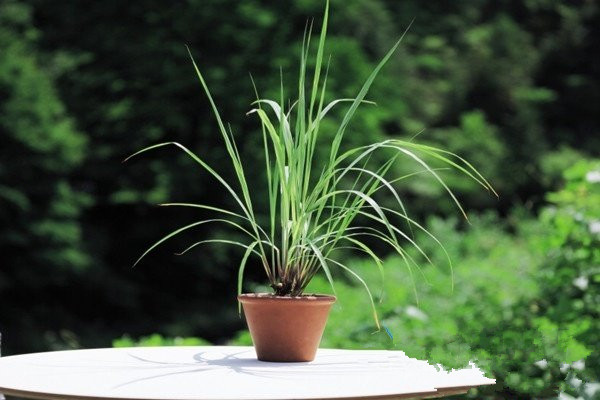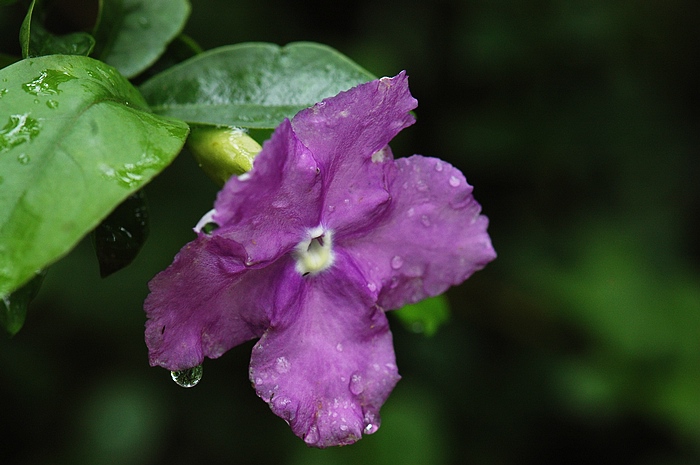Culture methods and matters needing attention of citronella
Site selection: Elsholtzia splendens do not have strict requirements on soil, and all kinds of soil can be cultivated, but alkaline soil and sandy soil are not suitable for cultivation. Fear of drought, should not be repeated cropping, the previous stubble cereals, legumes, vegetables are better.
Land preparation: turn the land 20 cm, apply farm manure before turning, ridge row spacing 40 cm-50 cm, or form a flat bed. As the seeds are very small, the ground must be leveled and raked fine.
Sowing: it can be divided into two kinds: direct seeding and seedling transplanting, and it is suitable to sow or sow. The specific sowing time is determined by the new time on the banana. It is better to sow seeds in spring 6-8 days before the end of the final frost. In order to balance supply in the market, you can sow seeds every 10-15 days. For winter listing, the sowing time should be 80-90 days before the first frost. In order to produce the whole seedling at one time, the sowing should maintain the soil moisture, cover the soil lightly, and suppress it.

Culture methods and matters needing attention of citronella culture soil
The growth of taro does not have high requirements on the soil, generally only ordinary soil can be cultivated.
Matters needing attention
However, it should be noted that alkaline soil and sandy soil can not be used to cultivate taro. Taro is afraid of drought, so it is not suitable for continuous cropping, so the previous crop had better be cereals, legumes and vegetables to ensure the growth and development of taro.
Soil preparation management
Before sowing taro, it is necessary to clean up the soil and apply farm manure first, which is effectively conducive to the growth after sowing.
Comb and smooth the soil, and then sow the seeds.
Matters needing attention
The soil should not be wet as soon as it comes up. Sprinkle water after sowing the seeds and keep it moist.
Sowing seeds
The sowing of taro is divided into direct seeding and seedling transplanting, and the sowing time should be carried out in spring. You can sow seeds in batches, every 10 days.
Matters needing attention
When sowing, we should pay attention to ensure the warmth of the environment, and cover the soil after sowing, be thin and light, and the soil should maintain a certain degree of humidity.
Maintenance and management of citronella
Pay attention to the light, there should be enough light every day, but not strong light, watering should not be too much, avoid stagnant water, in order to avoid seed necrosis, can not germinate.
When applying fertilizer, it should be applied according to the growth of the seedlings after seed germination.
Pay attention to winter maintenance, to carry out cold protection measures, can be placed in a place with light, very cold can be covered with plastic film to cover the pot, to achieve the effect of heat preservation, and so on the temperature turn to open the film, ventilation and watering.
Culture methods and precautions of rue the Chinese scientific name rue
Latin name Ruta graveolens L.
Don't call it Qili incense, vanilla, herb, citronella, wild herb, lime grass, smelly grass.
The plant kingdom.
Phylum angiosperm
Dicotyledonous class
Subclass primitive perianth subclass
Mu Yun Xiang mu
Suborder Rutaceae
Family Rutaceae
Subfamily Rutinae
Belong to the genus Rutum
Species Yun Xiang (reserved name)
It is cultivated in the north and south of China, mostly in Sichuan, Gansu, Shaanxi, Guizhou and Yunnan.
Rue, alias: stinky grass, vanilla, Baiying grass, lobular incense, Latin name Ruta graveolens L. The plants planted on the ground of Rutaceae and Rutaceae are up to 1 meter high, and each part has a strong special smell. Ultimate pinnules short spatulate or narrowly oblong, grayish green or bluish green. The flowers are golden yellow, the four opposite to the petals are attached to the petals, the other four opposite to the sepals are obliquely extended and exposed, longer, the flowers are all juxtaposed when in full bloom, straight and equal in length, the style is short, the ovary is usually 4-loculed, each locule has many ovules. From the top to the middle, the pericarp has protruding oil spots; many seeds, reniform, brownish black. The florescence is from March to June and the end of winter, and the fruiting period is from July to September. Common rue (R. graveolens) is a small garden shrub with evergreen leaves and dark yellow flowers. Leaves densely covered with glandular spots, translucent, used as spices and medicine. Expelling wind, relieving spasm, menstruation and killing insects. Clearing heat and detoxification, dispelling blood stasis and relieving pain. For cold and fever, toothache, irregular menstruation, infantile eczema; external use to treat sore, furuncle, swelling, injury. It not only has a special fragrance, but also is a valuable medicine. Most libraries at and above the provincial and municipal level still use rue to protect precious books and paper collections. The picture is taken from the Chinese plant gallery.
1. Morphological characteristics.
The plant planted on the ground is up to 1 meter high, and each part has a strong special smell. Leaves 2-3-pinnately compound, 6-12 cm long, ultimate pinnae short spatulate or narrowly oblong, 5-30 mm long, 2-5 mm wide, grayish green or bluish green.
Flowers golden yellow, ca. 2 cm in diameter; sepals 4; petals 4; stamens 8, 4 attached to petals opposite to petals at the beginning of flower opening, obliquely spreading and exserted with other 4 sepals, longer, flowers all juxtaposed when in full bloom, straight and equal, style short, ovary usually 4-loculed, with more than one ovule per locule.
Fruit 6-10 mm long, dehiscing from top to middle, pericarp with raised oil spots; seeds many, reniform, ca. 1.5 mm long, brownish black. The florescence is from March to June and the end of winter, and the fruiting period is from July to September.
Plants usually have oil storage cells or secretory cavities. He has a variety of habits. Flowers rarely unisexual, 5-4 cardinal, rarely apetalous. Stamens and calyx equal or multiple, filaments rarely United into multiple bundles, disk obvious, carpels free or connate, ovary superior. Follicles, capsules, Samara, drupes, citrus fruits or berries.
Chromosome number 2n=72, 81.
- Prev

The method of breeding all over the sky
The main propagation methods of Mantianxing are cutting propagation and sowing propagation, of which the half-and-half propagation method is cutting propagation. The cuttage propagation method of Mantianxing commercial cut flower production, seedling propagation is mainly tissue culture, but also can be cuttage,-propagation of available seeds of some single species
- Next

Culture methods and matters needing attention of two-color jasmine
Sowing, propagation and seed selection: first of all, the seeds should be selected before sowing. Whether the seeds are good or not is directly related to the success of sowing. 1. It is best to choose the seeds harvested in the same year. The longer the seed is preserved, the lower the germination rate is. 2. Choose seeds that are full, without defects or deformities.
Related
- Fuxing push coffee new agricultural production and marketing class: lack of small-scale processing plants
- Jujube rice field leisure farm deep ploughing Yilan for five years to create a space for organic food and play
- Nongyu Farm-A trial of organic papaya for brave women with advanced technology
- Four points for attention in the prevention and control of diseases and insect pests of edible fungi
- How to add nutrient solution to Edible Fungi
- Is there any good way to control edible fungus mites?
- Open Inoculation Technology of Edible Fungi
- Is there any clever way to use fertilizer for edible fungus in winter?
- What agents are used to kill the pathogens of edible fungi in the mushroom shed?
- Rapid drying of Edible Fungi

